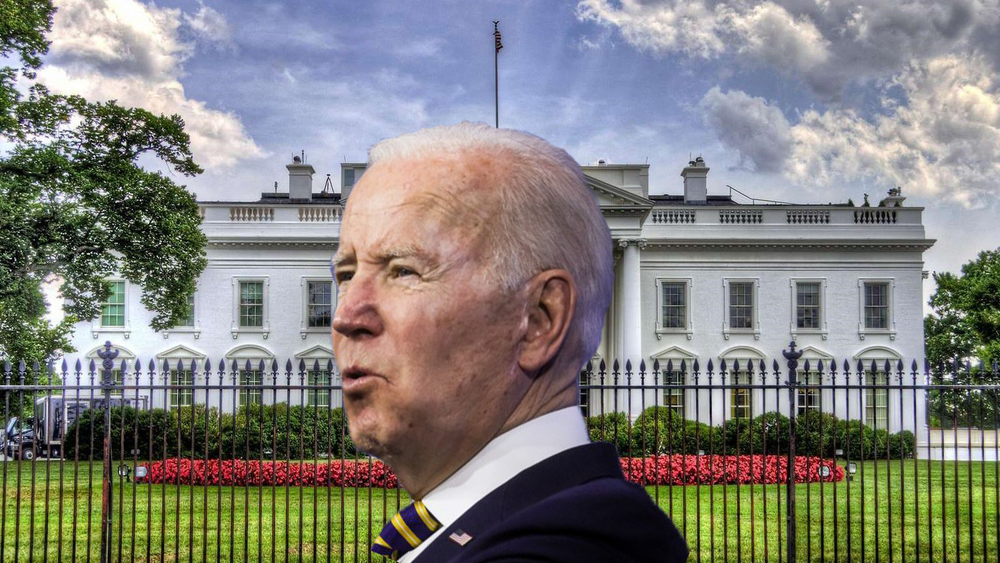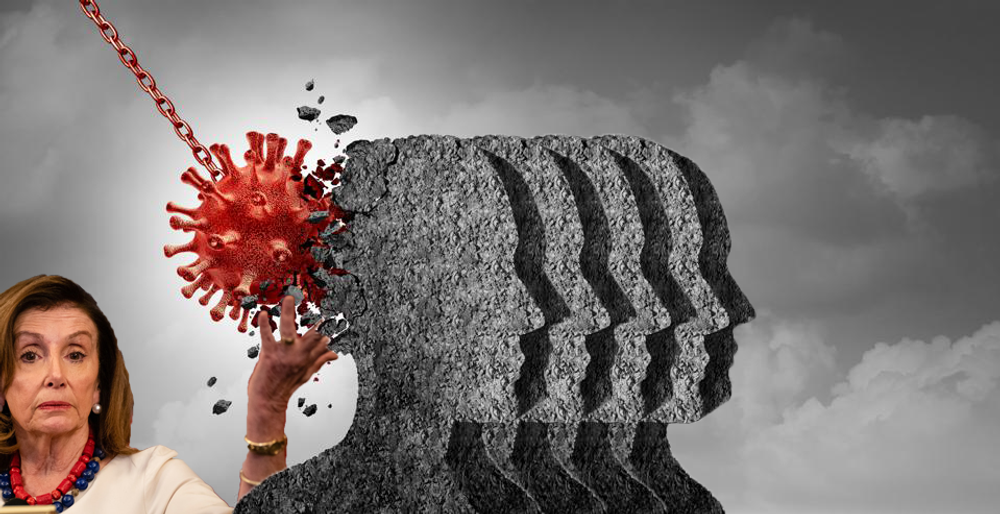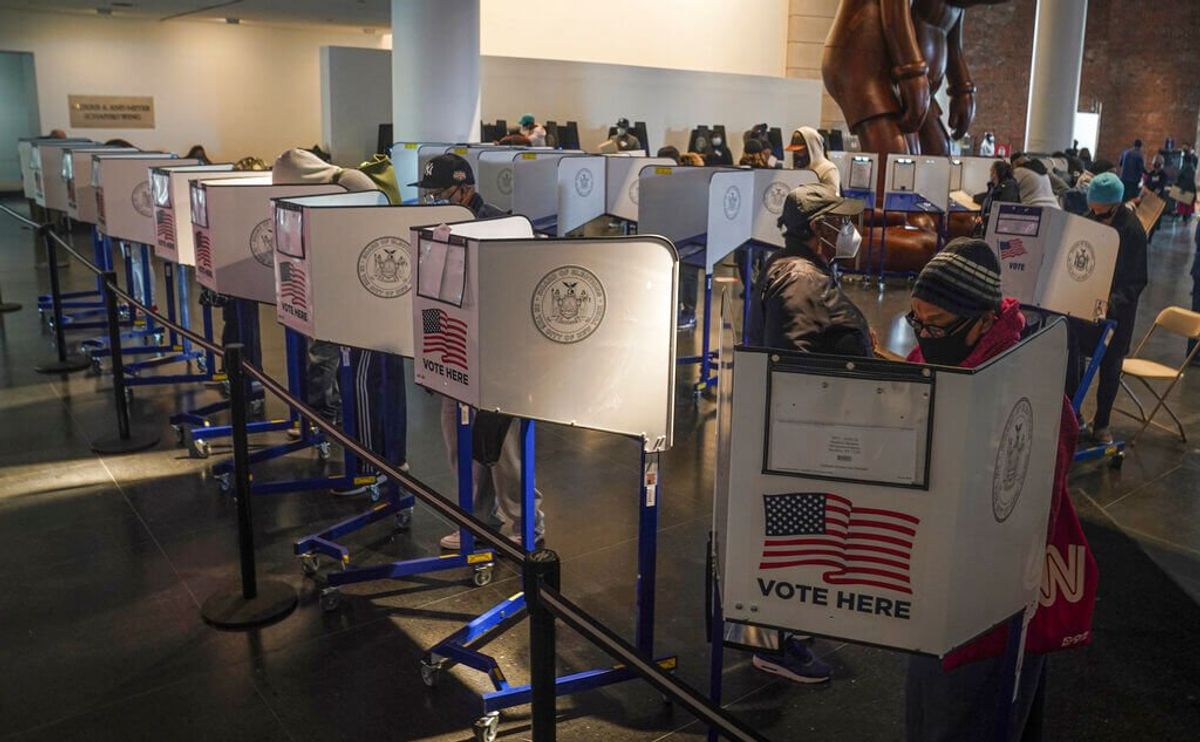
How Media Organizations Report Election Results in Real Time
As Americans prepare to go to polling stations on Election Day this Nov. 3, U.S. news organizations are preparing to report the count which will determine the winners of more than 7,000 races, including the White House, House and Senate seats, state offices, and local legislative positions.
In the United States, news organizations observe the vote count in real time and use a variety of information to determine when they can declare a winner in each race, including overall vote totals, exit polling of voters, and the estimated number of votes still uncounted in each precinct.
Here's how it works and what news organizations do to help ensure they do not make a mistake.
Who announces winners in U.S. elections?
State election officials are the ones who certify the vote count, but long before every ballot has been counted, the American news media use a variety of data sources and tools to project the winners. Using a collection of raw vote totals, statistical techniques, and projections, the news organizations, which have been covering American presidential elections continuously since 1848, have had an excellent – but not perfect – record of calling race winners.
How do news organizations count the vote returns on election night?
Votes are tabulated county by county by the Associated Press, a non-profit news agency which uses its national network of more than 4,000 reporters on election night to record the vote tallies from county clerks and other local officials. The AP also gathers information from state websites that post election returns. Reporters feed that information back to AP's vote counting operation, where analysts make decisions about which races are ready to be called.
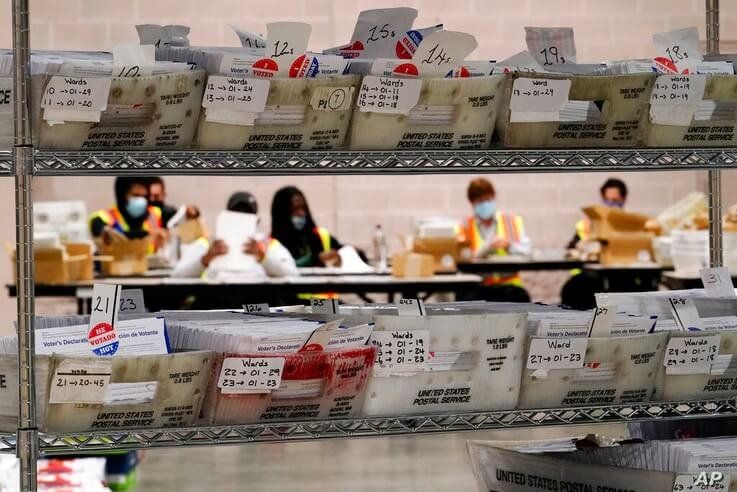
Who does the counting?
Local election workers collect the ballot tallies in each precinct. How and when the ballots are counted is determined by local and state laws. For example, some states such as Pennsylvania and Wisconsin require that no ballots be counted until Election Day, even if they arrived at election offices weeks earlier. Once the votes from a precinct are counted, election workers pass the information to county and state officials, who then make the tallies available to reporters and the public.
What do reporters do with the local tallies?
AP reporters across the country phone the results to data entry people in specially set up election centers where they are entered into an electronic system. Due to the coronavirus pandemic, the election centers are virtual in 2020. All vote counts are subject to a series of checks and verifications, including computer programs that set off alerts if there are inconsistencies with the vote count because of previous voting history or other data.
Who decides the winners?
At the AP, a team of race callers on the Decision Desk determines when they have enough information to declare a winner. The team is looking at more than just the overall vote total, taking into account the incoming vote as well as how many ballots are left to count and where those uncounted votes were cast.
This election, the AP is not using exit polling data conducted by the National Election Pool as it has done in years past. This data is collected by pollsters who ask voters questions as they are leaving their polling places. AP says that it does not believe such data is effective when large numbers of people vote early.
Other news media, including the major TV networks — ABC, CBS, CNN and NBC — continue to be a part of the National Election Pool and will have access to the exit polling data to help make election projections. The networks also use specially set up election desks to make calls on election night.
This means that different media organizations may declare winners in elections at different times, using their own models and data.
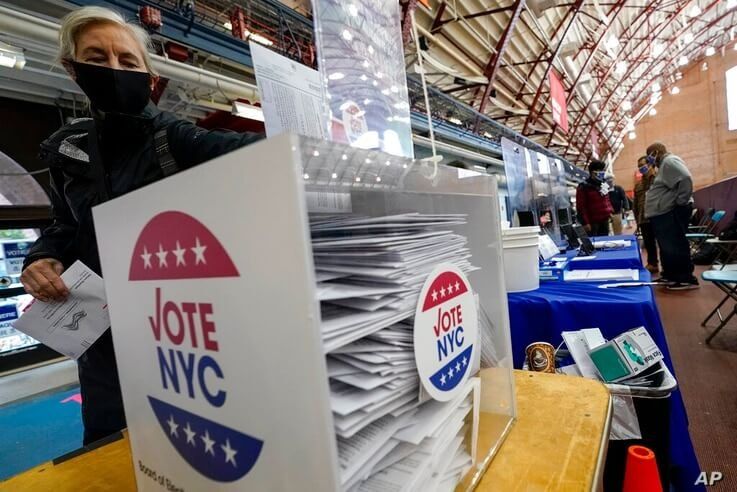
How do they count ballots since so many people are voting early?
Because of the coronavirus pandemic, many more Americans are voting early this year and many of those votes are being cast by mail. Mail ballots usually take longer to count than those cast in person. Election officials must open the ballots, make sure a voter is registered, and oftentimes verify their signature.
Because of this, the AP is predicting, "extended vote counts" in more states than previous years, which could drag on for days or weeks. The AP developed its own survey in 2018 designed specifically to account for the rise in votes cast before Election Day. The survey, called AP VoteCast, captures the opinion of those who voted early as well as those who voted on Election Day and will help the AP to factor in the early vote when calling races.
How accurate is the media at announcing results?
The media have largely been accurate in calling election winners. However, their credibility was hugely damaged during the 2000 presidential race when most news outlets prematurely called the race for Al Gore around 8 p.m. on Election Day, then called it again for George W. Bush after 2 a.m. the following morning, then rescinded all calls as an automatic recount of the votes began in Florida.
The AP has been counting votes for over 120 years and says that in 2016 it was 99.8% accurate in calling all U.S. races and 100% accurate in calling the presidential and congressional races for each state. AP declared Donald Trump the winner in 2016 at 2:29 a.m. on Wednesday, November 9.
 Maintaining Lead in Polls, Biden Plays Offense in Campaign’s Last DaysNext PostWill America Be Tricked Into Voting For True Racism?
Maintaining Lead in Polls, Biden Plays Offense in Campaign’s Last DaysNext PostWill America Be Tricked Into Voting For True Racism?



